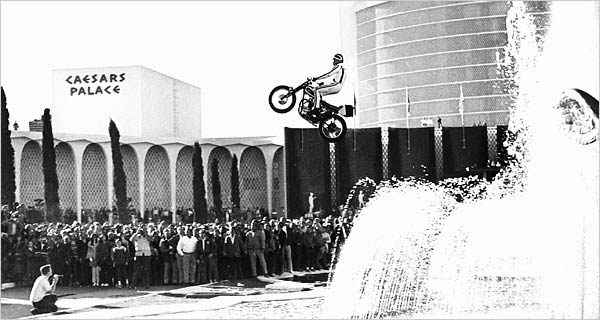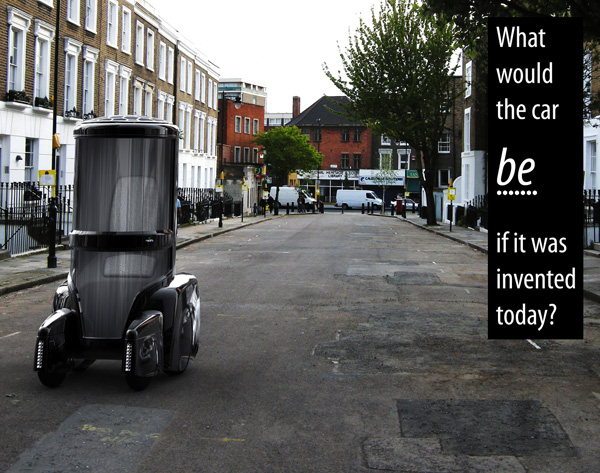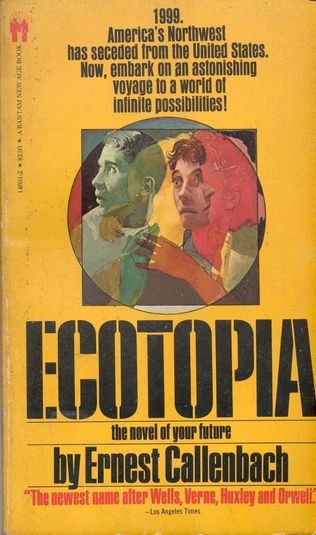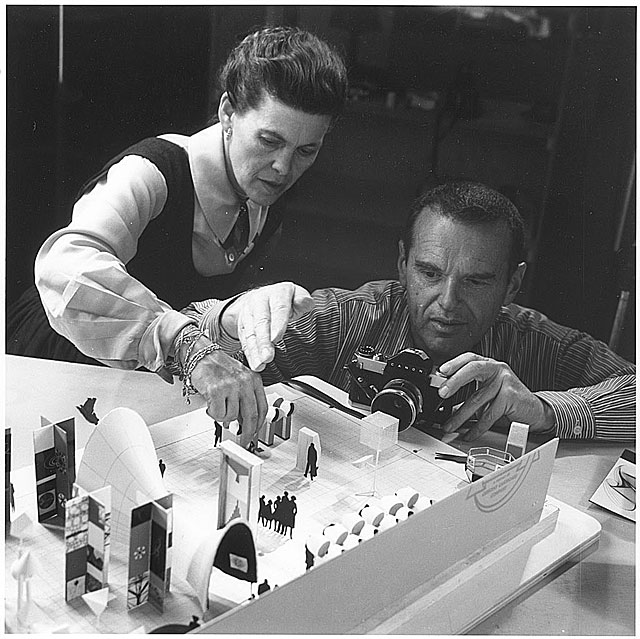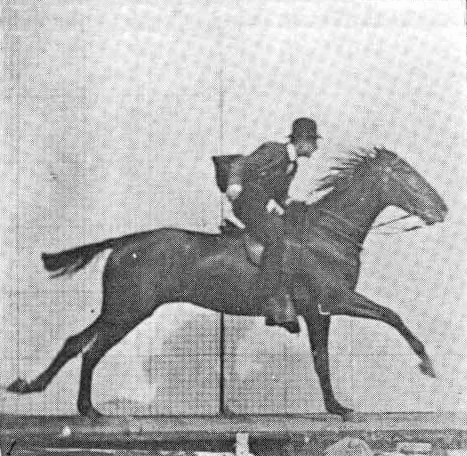From Evgeny Morozov on the Browser, a passage about Lewis Mumford’s feelings about technology, especially the invention of clocks:
“Technology became something of a subject, I guess, in the late 1860s/70s but it only really emerged as a field for academic study in the late 1930s. The most influential early book aimed at a popular audience was Technics and Civilization by Lewis Mumford, published in 1934. It touched the worlds of history and economics and, to an extent, political philosophy. Mumford tried to look back as far as he could and study how human societies incorporated various technologies, but also how they made choices about which technologies to take on, how to regulate them, and how those decisions ended up shaping societies themselves.
The most famous example he evoked was the invention and wide acceptance of the clock. Mumford thought that the clock was one of the technologies that allowed capitalism to emerge because it provided for synchronisation and for people to cooperate. But I think this was also one of the first texts that critically engaged with the potentially negative side effects of technology. Mumford actually looked at how some technologies were authoritarian – that was his term – how some led to centralisation and establishment of control over human subjects and how some of them were driven by a completely different ethos.“



